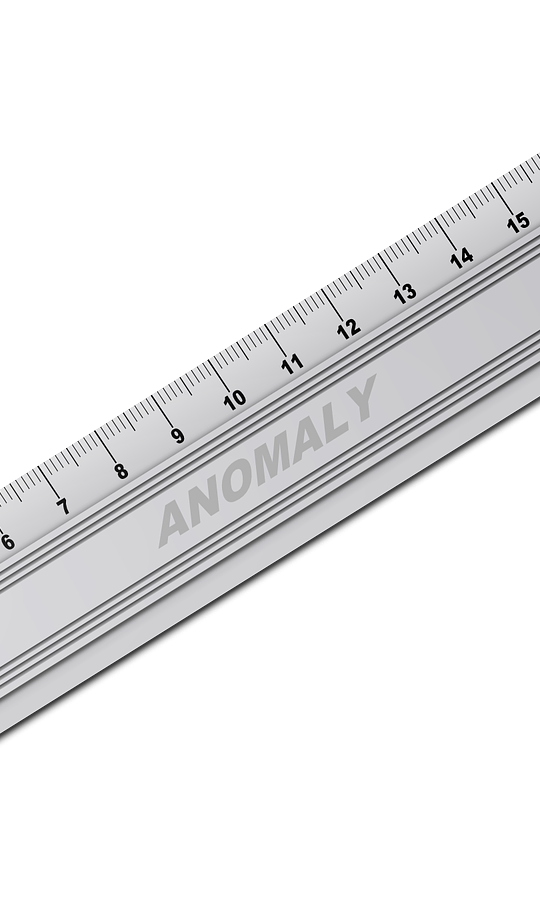by Dr. Larry Ruddell, Dean Belhaven-Houston
As organizations mature, changes take place to keep growth and momentum moving forward … and sometimes those changes inject complexity into operations in the short run with expectation of long-term gains in efficiency as insights are gained and applied from “Version 1.” So we need to “keep our eye on the ball” (i.e. keep a Mission focus) as the changes are taking place to make sure we “pay attention to detail” and keep pace with organizational movement.
This is not always easy since we get into rhythms of performance (which are actually good things) … only to have those rhythms “bumped” by change. The Scripture helps with understanding the priority of Mission in the midst of the details. Proverbs 25:11 reads, “A word fitly spoken is like apples of gold in a setting of silver.” (English Standard Version) The verse applies to our words and the way we say them (“settings of silver”) but could also apply to the details of business … the “apples of gold” means a focus on Mission … while the “settings of silver” could refer to the carrying out of the details associated with the Mission … that we also do those well.
In an interesting verse, Jesus warns us against legalism … while still supporting (indirectly) attention to details. Matthew 23:23 reads,
“Woe to you, scribes and Pharisees, hypocrites! For you tithe mint and dill and cumin, and have neglected the weightier matters of the law: justice and mercy and faithfulness. These you ought to have done, without neglecting the others.
The scribes and Pharisees had forgotten the Mission (“justice and mercy and faithfulness”) and were merely focused on the process. In Jesus’ response, He chides them for their tainted “focus.” Yet, he still acknowledges that we should not be “neglecting the others” (i.e. how we handle our tithe).
Belhaven is the midst of change of our computer systems … so we really appreciate everyone tightening their seatbelts and rolling with the changes! … and we don’t want to lose sight of our Mission to bless students and deliver great instruction every night!! … but we also want to make sure we are taking care of our admin responsibilities in a timely way as 1 Timothy 6:1-2 enjoins … particularly entering attendance (as students’ financial aid is dependent on our accurate entry of attendance)!
So commit now to a couple small, but important TO DO items to make sure we are taking care of the details to make the operation work for you and your students:
- DO ENTER attendance THE NIGHT OF CLASS. Do it during the 2nd break and you’re done with it … make sure to clearly click on Present or Absent and double check
- CHECK Belhaven email EVERY DAY when you are teaching and at least once a week when you are not teaching. If there is an issue or problem with attendance or other Belhaven activity, we can hear from you.
These two small items will go a big way to helping us take care of the details without breaking a sweat. Thanks for your service and commitments to Belhaven!
